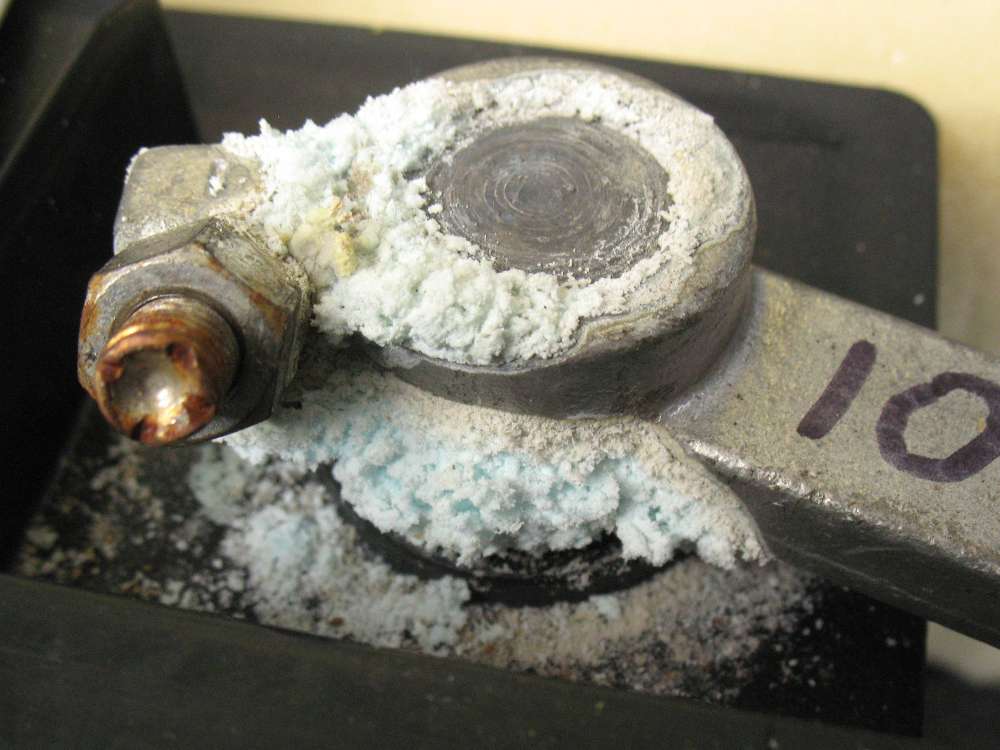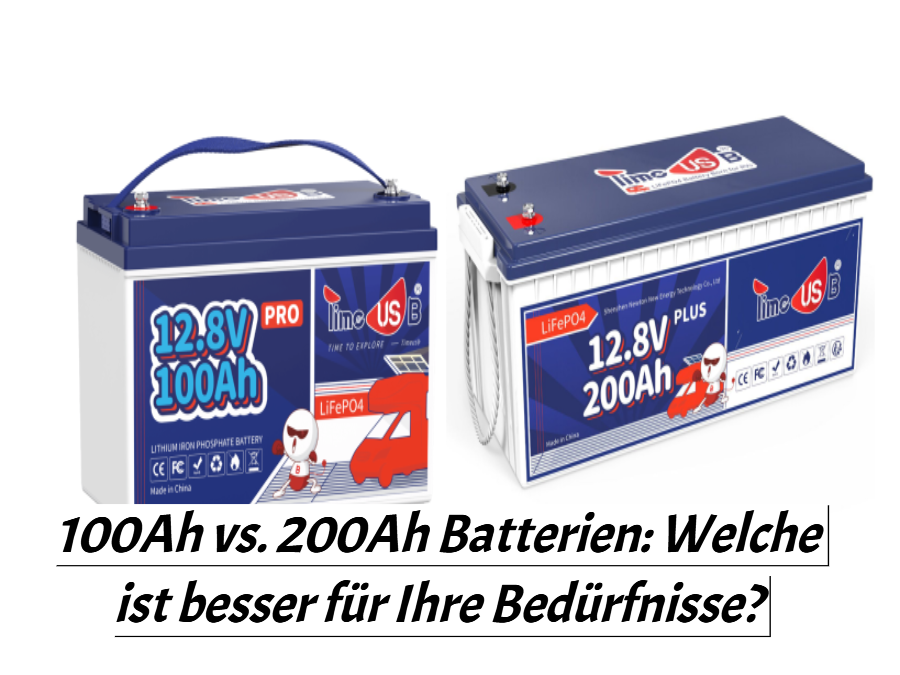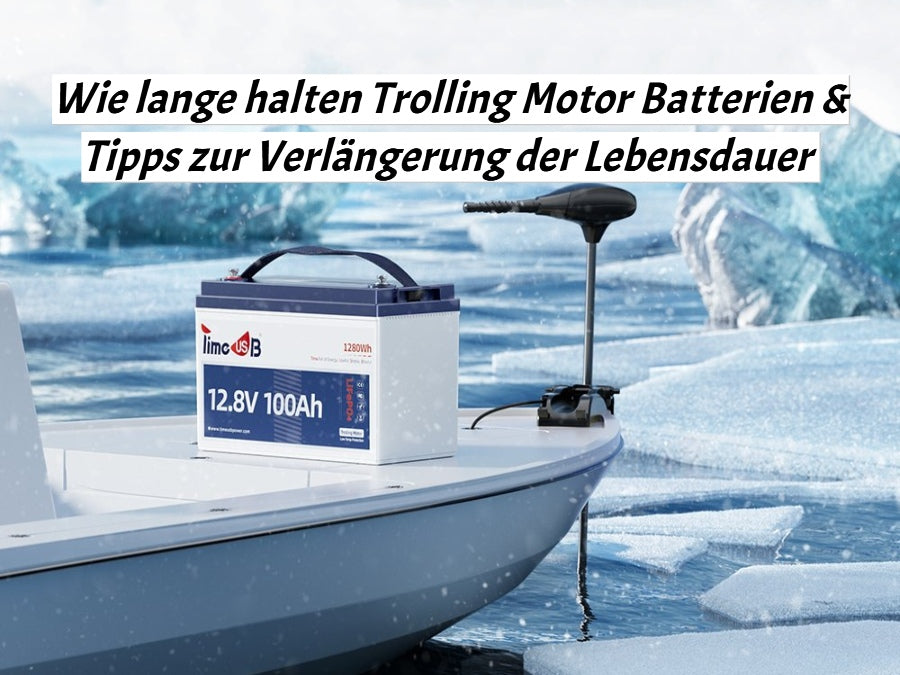Ultimate guide to cleaning and preventing corrosion in car batteries

Maintaining a clean and corrosion-free car battery is essential for optimal performance and longevity. Battery corrosion can negatively impact electrical connections, shorten battery life, and even lead to costly repairs.
In this article, we'll cover the importance of battery maintenance, discuss the causes and signs of corrosion, provide step-by-step instructions for cleaning corroded batteries, and offer preventative measures to ensure a healthy battery.
What is car battery corrosion?
Car battery corrosion is the buildup of a white or bluish-gray substance on the terminals and connectors of a car battery. It is mainly caused by a chemical reaction between the sulfuric acid in the battery and the metal components. Corrosion can also be caused by moisture, dirt, and other contaminants.
As corrosion builds up, it can hinder the flow of electricity between the battery and the vehicle's electrical system, resulting in poor performance and possible electrical problems. Corrosion can also cause battery terminals to become brittle and break, further affecting the battery's ability to deliver power.
What causes corrosion in car batteries?
Car battery corrosion is primarily caused by a chemical reaction between the sulfuric acid in the battery and the metal components. As the battery discharges and produces hydrogen gas, this gas reacts with the lead in the battery terminals to form lead sulfate. This lead sulfate can then combine with moisture and other contaminants in the air to form a white, flaky layer of corrosion.
Factors that can contribute to car battery corrosion include:
exposure to moisture
Moisture in the air can promote chemical reactions and contribute to the formation of corrosion.
contaminants
Dirt, dust and other particles in the air can mix with moisture and sulfuric acid to create a corrosive environment.
High temperatures
Higher temperatures can accelerate the chemical reaction and lead to faster corrosion.
overloading
If the battery is overcharged, it can produce more hydrogen gas, which increases the likelihood of corrosion. Corrosion on the negative terminal of the battery is often a sign of undercharging. This can occur if you frequently make short trips and your vehicle's electronic system uses a lot of battery power for on-board electronics.
age and signs of wear
As the battery ages, the risk of corrosion may increase due to wear and tear of the internal components.
Corrosion buildup on the battery terminals and connectors can impede the flow of electricity, reduce battery performance, and potentially cause electrical problems in the vehicle. It is important to regularly inspect and clean the battery terminals to prevent or eliminate corrosion.
Regular maintenance includes cleaning the terminals with a mixture of baking soda and water or a special battery terminal cleaner. It is recommended that you wear protective gloves and eye protection during this process.After cleaning, applying an anti-corrosive spray or petroleum jelly to the connectors can help prevent future corrosion.
Step-by-step guide – How to remove battery corrosion
Step 1. Prioritize security
The powdery residue around the terminals of your battery can be corrosive and harmful to your skin and eyes. It is important to take precautions. Wear sturdy gloves and eye protection when dealing with battery corrosion. If corrosive material comes into contact with your skin or clothing, wash it off immediately.
Step 2. Connect the LiFePO4 battery
Start by disconnecting the negative terminal. Carefully release the cable from the battery and make sure it is safely removed from the connector. It is important to prevent it from sliding back. Then remove the positive terminal connector.
A notice: Before disconnecting the lithium battery, consider using a battery memory saver. This device helps preserve stored data and protect your car's electrical system. Refer to your vehicle's owner's manual for specific instructions on using a battery memory saver.
Step 3. Check the battery cables
After disconnecting the battery, take a moment to inspect the wires. Look for signs of fraying or corrosion where the wire connects to the terminal. Check for dry or cracked insulation. Damaged wires should be replaced.
Step 4. Remove the battery from the vehicle
Although it is possible to clean corrosion from a lithium battery while it is still in the car, it is safest for you, your battery and your vehicle to remove it. Place the battery in a shallow bucket or pan to catch any corrosive material that is washed away.
Step 5. Start the cleaning process
It's time to neutralize and remove corrosion from your car battery. Use a wire brush or scraper to remove solid, powdery corrosion around the terminals and remove debris from the top of the battery case. Brush the corrosion away so it falls into the pan below.
Step 6. Neutralize the remaining corrosion
To completely remove and neutralize the remaining corrosion, you have several options:
- Battery terminal cleaner:This is a commercially available product specifically designed to clean and neutralize battery corrosion. It is a spray solution that changes color as it reacts with the corrosion.
- Solution of baking soda and warm water:Mixing baking soda with warm water creates an effective neutralizing solution for cleaning battery corrosion. Remember to dip a rag in the solution and wipe away the corrosion rather than pouring the solution directly onto the top of the battery. This precaution prevents the solution from getting into the battery cells and neutralizing the sulfuric acid inside.
A notice: Don't forget to clean the terminal ends that connect your battery to the cables.You can dip the ends in a solution of baking soda and water or use a commercial battery terminal cleaner.
Step 7. Dry and polish
Dry the battery case, terminals and connectors with a microfiber cloth. Use a contact cleaning brush to remove any dirt or deposits from the contacts that may obstruct the connection.
Step 8. Replace and reconnect
Put the battery back in its compartment in the engine compartment and reconnect the terminals. First, firmly attach the positive terminal to the cable and then attach the negative terminal. Finally, replace the battery holders.
How to prevent battery corrosion?
To prevent corrosion on the battery terminals, proceed as follows:
Keep the battery clean
Regularly inspect and clean the battery terminals to remove any dirt, grime or debris. Use a wire brush or battery terminal cleaner to remove any corrosion or debris from the terminals.
Apply a protective layer
After cleaning the battery terminals, apply a thin layer of petroleum jelly or terminal protection spray to the terminals. This creates a barrier that prevents moisture and corrosive substances from reaching the metal surfaces.
Make sure the battery is properly installed
Make sure the battery is securely fastened in its compartment to minimize movement and vibration. Loose batteries can cause the terminals to come loose and encourage corrosion.
Tighten the clamp connections
Regularly check that the battery terminal connections are tight. Loose connections can cause electrical resistance and increase the risk of corrosion. Use a wrench to tighten the terminals firmly, but do not overtighten them.
Avoid overcharging the battery
Overcharging a battery can generate excessive heat, which can lead to corrosion. Follow the manufacturer's recommendations for charging and avoid leaving the battery on the charger for long periods of time.
Prevent acid leakage
Make sure the battery vent caps are properly sealed to prevent acid leakage. Acid leaks can accelerate corrosion and damage surrounding components. If you notice leaks, repair them immediately and consider replacing the battery.
Check the vehicle's electrical system
A faulty electrical system can cause excessive charging or discharging of the battery, resulting in corrosion. Regularly check and maintain the vehicle's electrical system, including the alternator, voltage regulator and wiring.
Store the vehicle properly
When storing a vehicle for an extended period of time, disconnect the battery or use a battery maintenance switch to maintain the charge. Storing a completely discharged battery can cause sulfation, which increases the risk of corrosion.
Upgrade to a LiFePO4 lithium battery and say goodbye to battery corrosion
Upgrading to a LiFePO4 lithium battery (lithium iron phosphate) is a great way to say goodbye to battery corrosion. Unlike traditional lead-acid batteries, LiFePO4 batteries are not prone to corrosion problems and provide a more reliable and maintenance-free power source. Here are the benefits of upgrading to a LiFePO4 lithium battery:

Corrosion-free
LiFePO4 batteries do not produce corrosive gases during operation, eliminating the risk of terminal corrosion. This is because they use a different chemistry that does not contain acid or lead, resulting in a cleaner and safer battery solution.
Longer lifespan
The LiFePO4 batteries offered by Timeusb have a much longer lifespan than traditional lead-acid batteries. With life cycles of up to 4,000-15,000, these batteries can last up to 10 years. They can withstand a higher number of charge-discharge cycles, providing more years of reliable service without the need for frequent replacement.
Lightweight and Compact
LiFePO4 batteries are significantly lighter and more compact than lead-acid batteries of similar performance. This makes them ideal for applications where weight and space are critical factors, such as recreational vehicles, boats or off-grid solar systems.
Higher energy efficiency
LiFePO4 batteries offer greater energy efficiency, meaning they can deliver more usable power from the energy stored. They have a lower self-discharge rate, allowing them to retain their charge for longer periods of time without the need for frequent recharging.
fast charging functions
LiFePO4 batteries can handle faster charging rates compared to lead-acid batteries. They can be charged at higher currents without negatively affecting their performance or lifespan, allowing for shorter charging times.
Advanced security features
LiFePO4 batteries have built-in BMS (Battery Management System) safety features, including thermal stability and improved resistance to thermal runaway or overheating. This makes them less vulnerable to dangerous situations such as explosions or fires and provides additional safety.

environmental friendliness
LiFePO4 lithium batteries are considered more environmentally friendly than lead-acid batteries. They are recyclable, have lower toxic content and do not release harmful gases or chemicals when used or disposed of.
It is important to note that upgrading to a LiFePO4 lithium battery may require some adjustments to the charging system and battery management. Consult a professional or review the manufacturer's guidelines for proper installation and use of LiFePO4 batteries in your specific application.

By upgrading to a LiFePO4 lithium battery, you will enjoy the benefits of a corrosion-free, long-lasting and efficient energy solution, making it a reliable choice for various applications.




